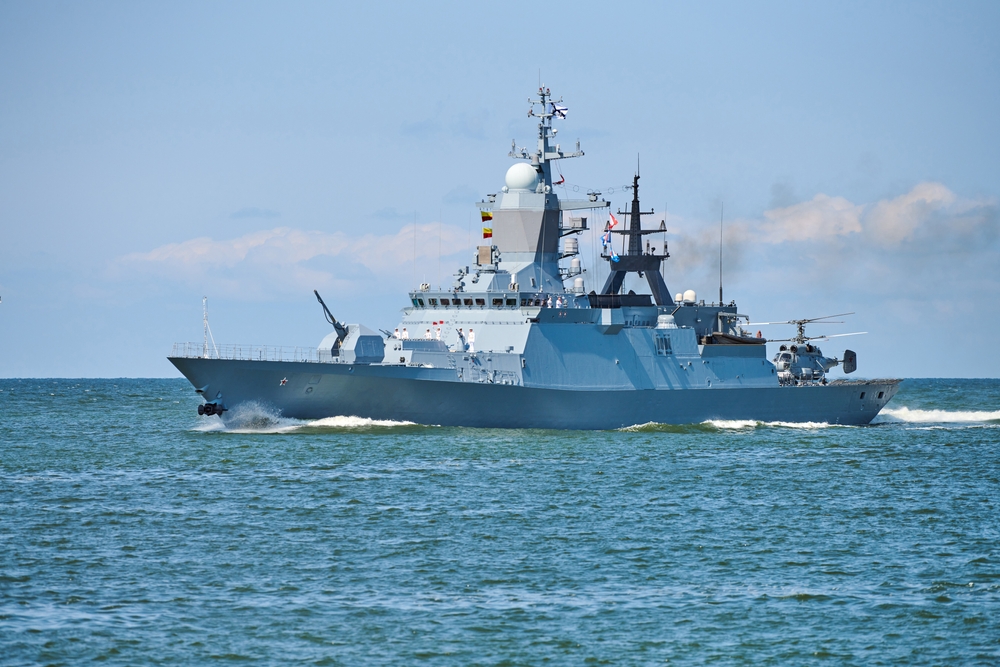The relocation has made it nearly impossible for Russia to utilize Crimea’s repair facilities.
Others are reading now
The war in Ukraine has profoundly altered the military landscape of the Black Sea region.
Once seen as a stronghold of Russian naval power, Crimea is now a focal point of conflict, its strategic bases under constant threat.
The peninsula’s importance as a hub for maintenance and operations underscores the challenges Russia faces in its naval campaign.
Also read
Repairs Severely Disrupted
In response to Ukraine’s intensified attacks, Moscow relocated its Black Sea Fleet headquarters from Crimea’s Sevastopol to the safer waters of Novorossiysk.
This move, while aimed at safeguarding key naval assets, has not resolved the fleet’s mounting difficulties.
According to Ukrainian naval spokesperson Dmytro Pletenczuk, the relocation has made it nearly impossible for Russia to utilize Crimea’s repair facilities due to the risk of targeted strikes during transit, according to WP.
“Russia’s reliance on Crimea for ship repairs has been severely disrupted. No one dares to bring vessels into harm’s way,” Pletenczuk said.
Although Novorossiysk has repair facilities, they pale in comparison to those in Crimea, leaving Russia struggling to maintain its fleet.
The toll on the Black Sea Fleet has been significant. Ukraine has targeted Russian vessels using advanced weaponry, including Storm Shadow cruise missiles and Sea Baby drones.
These strikes have damaged or destroyed critical assets such as a Kilo-class submarine and a Ropucha-class landing ship, both vital to Russia’s naval operations.
The most devastating loss, however, was the sinking of the Moskva, Russia’s flagship cruiser, hit by Ukrainian Neptune missiles.
Beyond the physical losses, the operational strain is evident.
With only one operational submarine left to protect Russian bases and limited naval mobility, Russia increasingly relies on aerial patrols to safeguard its presence in the Black Sea.


